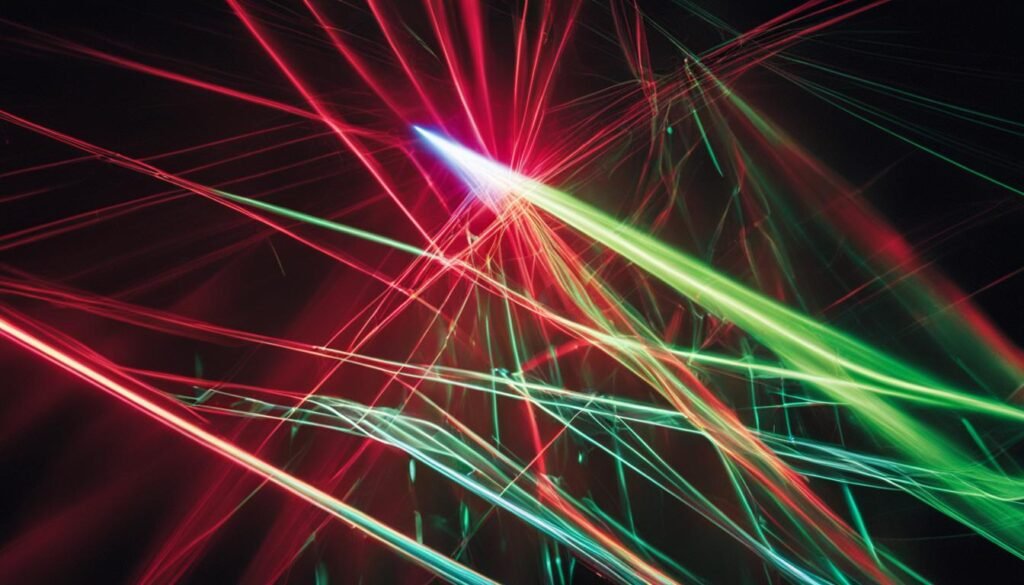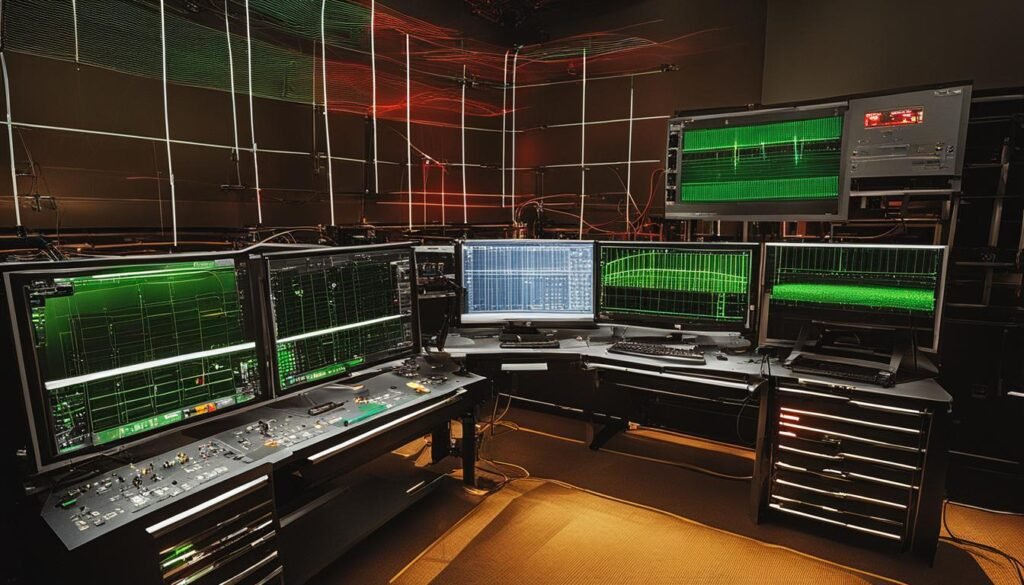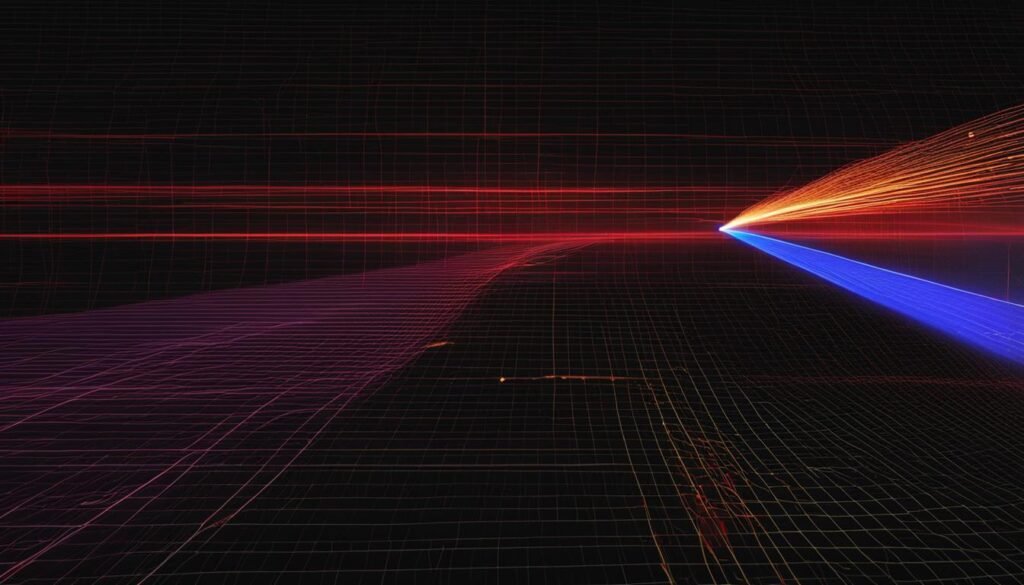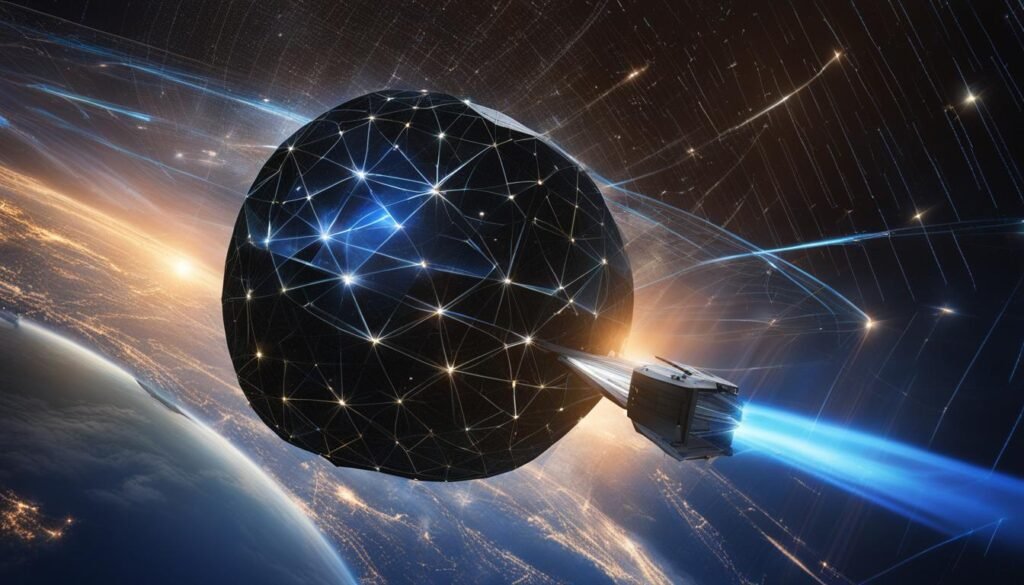Understanding Laser-induced Ignition: Technology and Applications
Laser-induced ignition is a promising technology that aims to enhance the combustion process in internal combustion engines. With its unique capabilities, laser-induced ignition offers numerous advantages over conventional ignition systems. By delivering energy to any location within the combustion chamber and providing temporal control of ignition, this technology has the potential to revolutionize engine efficiency […]
Understanding Laser-induced Ignition: Technology and Applications Read More »










